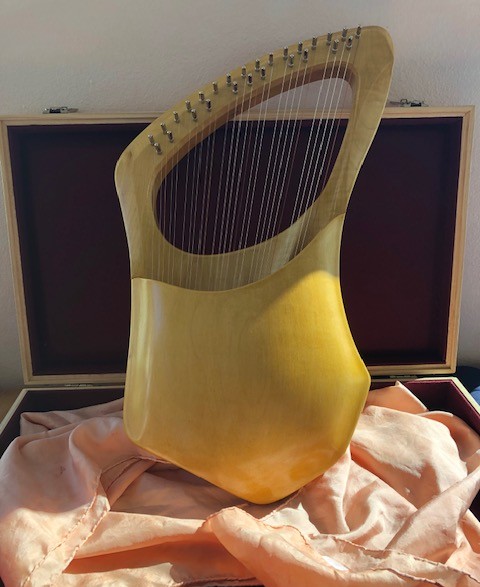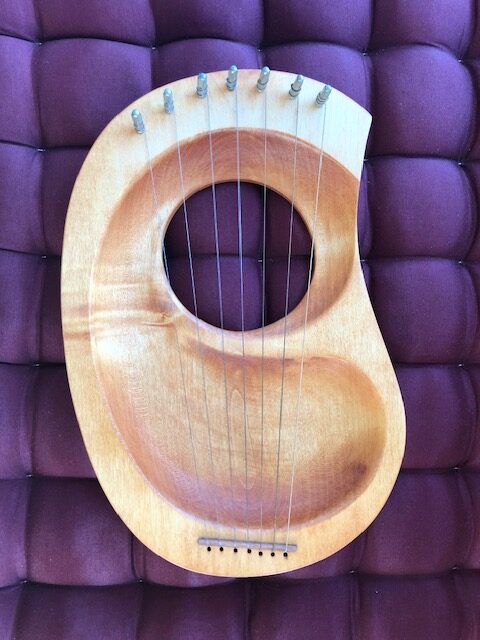Article > Therapeutic Singing
“Singing has the task today, of working in a curative and
pedagogical and a social and hygienic way.” ~ Eugene Kolisko, MD.
Therapeutic Singing was developed by the Swedish singer Valborg Svärdström Werbeck in the early 20th Century and has had its application in many different settings such as clinics, schools, etc. mostly in Europe; this therapeutic modality is still becoming known here in the USA.
The voice is a vibratory medium and as such can be seen through the experiments of Dr. Jenny and many others before and after him. Below are some examples. It is noteworthy to mention that our adult bodies are composed of at least 70% water which is a great conductor of sound. Therefore, our voices have great potential for healing ourselves as the sound travels through our bones, tissues and organs.

Fig. 6.5 Jenny built a tonoscope to translate the human voice into visual patterns in sand.
Left to right: ‘oh’ sound, ‘ah’ sound, ‘oo’ sound (courtesy of Jeff Volk).

Fig. 6.3 Hexagonal pattern produced by light refracting through a small sample of water (about 1.5 cm in diameter) under the influence of vibration. The figure is in constant dynamic motion (courtesy of Jeff Volk).
Even with this brief introduction we can see that the voice can reveal our inner self. It is a mirror of what we think and feel, a vessel revealing either beautiful or disharmonious patterns visible in mandala like images. For this reason our voice is a powerful and undervalued instrument. Mothers need to free their voices before giving birth so that their journey can flow consciously in harmony. If the jaw, larynx and mouth are held too tightly so will be the vaginal floor and therefore, giving birth would become more stressful and even painful. The therapeutic singing exercises we practice addresses this issue, as well as many others. Therapeutic Singing is like giving ourselves the gift of balancing, supporting and healing aspects that may be off-course and aligning ourselves with our innate wholeness. The singing exercises are accompanied by the LYRE, a very gentle and resonant instrument. Small lyres like the ones used in Waldorf schools are also a great addition for the mother to play on her lap, also enhancing the experience for the baby in the womb.


Here are pictures of the large lyre to accompany the exercises and a the smaller pentatonic lyre which is an easy instrument to improvise songs or chants for the baby in the womb.